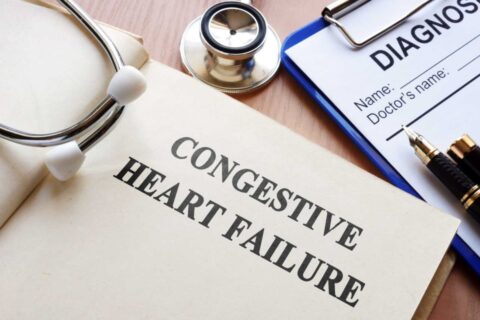Understanding the Role of an Interventional Cardiologist

The Role of an Interventional Cardiologist in Sugar Land, TX
If you’ve ever wondered where to turn when your heart needs help, the answer is an interventional cardiologist. These heart specialists don’t just diagnose problems—they help you find minimally invasive solutions to any cardiac issues you may be facing. But what does interventional cardiology involve, and how can it help you manage heart disease? Learn more here before choosing a cardiologist in Sugar Land, TX.
What Is Interventional Cardiology?
For starters, cardiology is the study of the heart, and a cardiologist is a heart and blood vessel specialist. Interventional cardiology is a subcategory that involves catheter-based procedures to treat heart diseases like coronary artery disease, blocked blood vessels, and heart valve problems.
Unlike traditional heart surgery, these procedures are done without opening the chest. Instead, they rely on thin, flexible tubes called catheters inserted into blood vessels to access the heart. This approach results in less pain, shorter recovery times, and fewer complications than open-heart surgery.
How Does an Interventional Cardiologist Compare to a General Cardiologist?
While both general and interventional cardiologists are highly educated doctors focused on heart health, their methods for handling heart problems differ. A general cardiologist manages long-term heart care by diagnosing conditions, prescribing medication, and offering lifestyle advice to prevent heart disease from progressing. They are the go-to healthcare providers for routine heart checkups, blood pressure monitoring, cholesterol tests, and diagnostic ECGs, and stress tests.
On the other hand, an interventional cardiologist steps in when more serious, hands-on treatment is required. If your general cardiologist discovers blocked arteries or a damaged valve, you’ll likely be referred to an interventional cardiologist. These specialists are trained to perform life-altering procedures and handle emergency situations, like treating heart attacks as they happen.
The Tools of the Trade
An interventional cardiologist’s toolkit is packed with cutting-edge technology that helps them see, diagnose, and treat heart problems. Here are some of the tools and techniques they use:
- Myocardial perfusion imaging (MPI) is a test that measures how well blood is flowing to the heart muscles, often done during a stress test to see if further intervention is needed.
- An echocardiogram is a type of ultrasound used to check how blood flows through the heart, as well as to monitor the structure and function of the heart’s chambers and valves.
- Cardiac magnetic resonance imaging (MRI) provides detailed images of the heart’s structure and function using powerful magnets and radio waves. It can diagnose heart muscle damage, valve disorders, and congenital heart disease without the need for radiation.
- Intravascular ultrasound (IVUS) sends sound waves through the blood vessels to create detailed images of the inside of the arteries, helping doctors pinpoint areas of concern.
- Angiography is an imaging technique that uses a contrast dye injected into the blood vessels, which is then captured on X-rays to reveal blockages or narrowing arteries.
- Cardiac catheterization is a minimally invasive diagnostic procedure that involves threading a catheter through the blood vessels to assess the heart’s function and determine if there’s a blockage.
Common Interventional Cardiology Procedures
When it’s time for heart disease treatment, interventional cardiologists use minimally invasive procedures requiring only small incisions. Without the need to fully open the chest, patients experience less discomfort and recover faster. Consider the most common interventional cardiology procedures:
- Angioplasty and stenting are perhaps the most well-known procedures in interventional cardiology. These treatments involve widening narrowed arteries with a balloon and then placing a stent (a tiny mesh tube) to keep them open. Angioplasty and stenting treat coronary artery disease, which may cause heart attacks if left untreated.
- A thrombectomy is used to remove blood clots from arteries in a minimally invasive way. It’s often a life-saving procedure during a heart attack, helping to restore blood flow and prevent damage to the heart muscle.
- Heart valve repair or replacement may be required if a patient’s heart valves don’t work properly. Interventional cardiologists can often repair or replace these valves using a catheter-based approach, avoiding the need for open-heart surgery.
- An atherectomy device, which functions like a tiny drill, can be used to shave away hardened plaque in clogged arteries, removing the blockage and restoring blood flow.
Why Choose Interventional Cardiology?
Having an interventional cardiologist on your team helps prevent existing conditions from progressing and keeps new problems from developing. Complete Cardiology Care in Sugar Land, TX, is led by Dr. Yassir Sonbol, a board-certified interventional cardiologist who has been keeping hearts healthy for over 15 years. We provide everything from routine checkups to life-saving coronary interventions, helping you live a longer, healthier life. To learn more about our interventional cardiology services, please contact us today. Rest assured that you’re in good hands at our cardiology practice!


